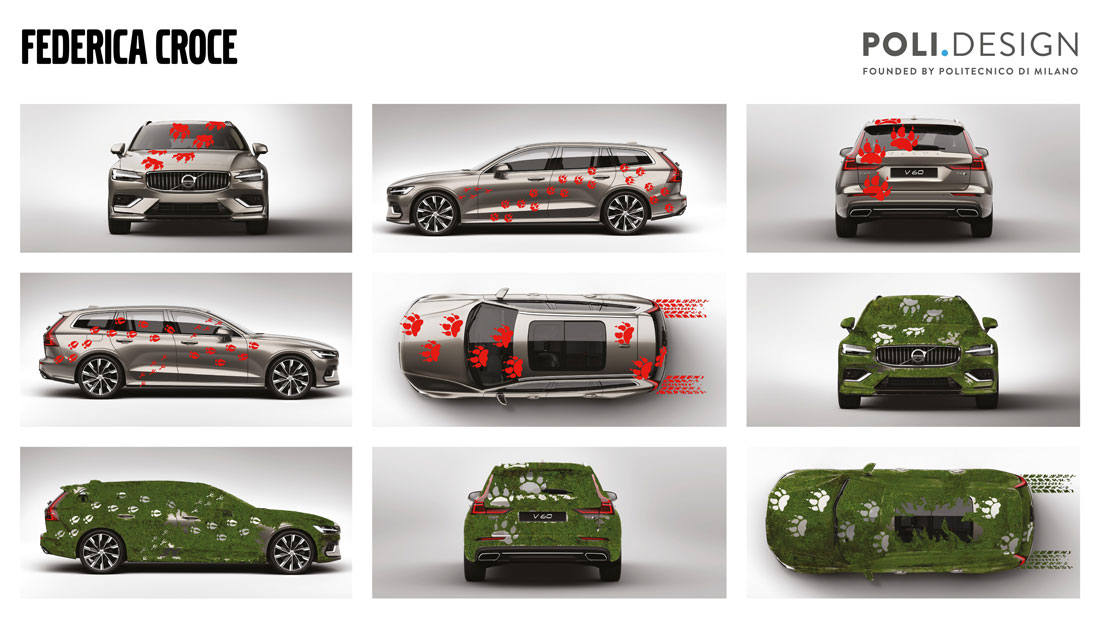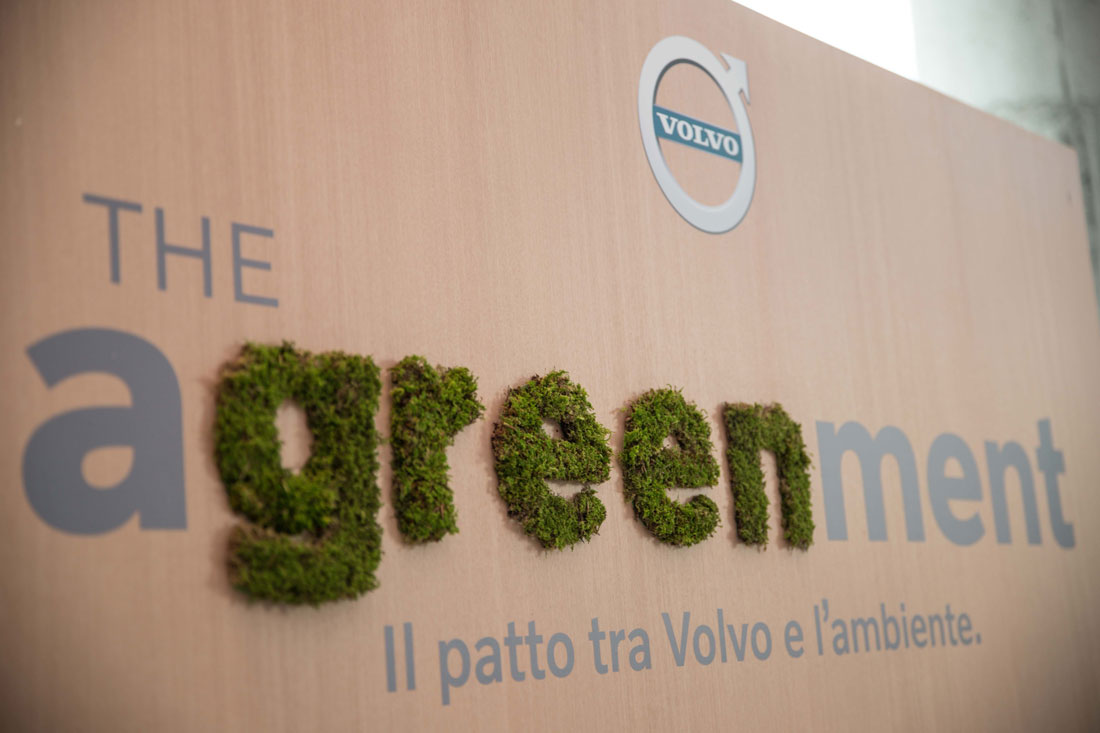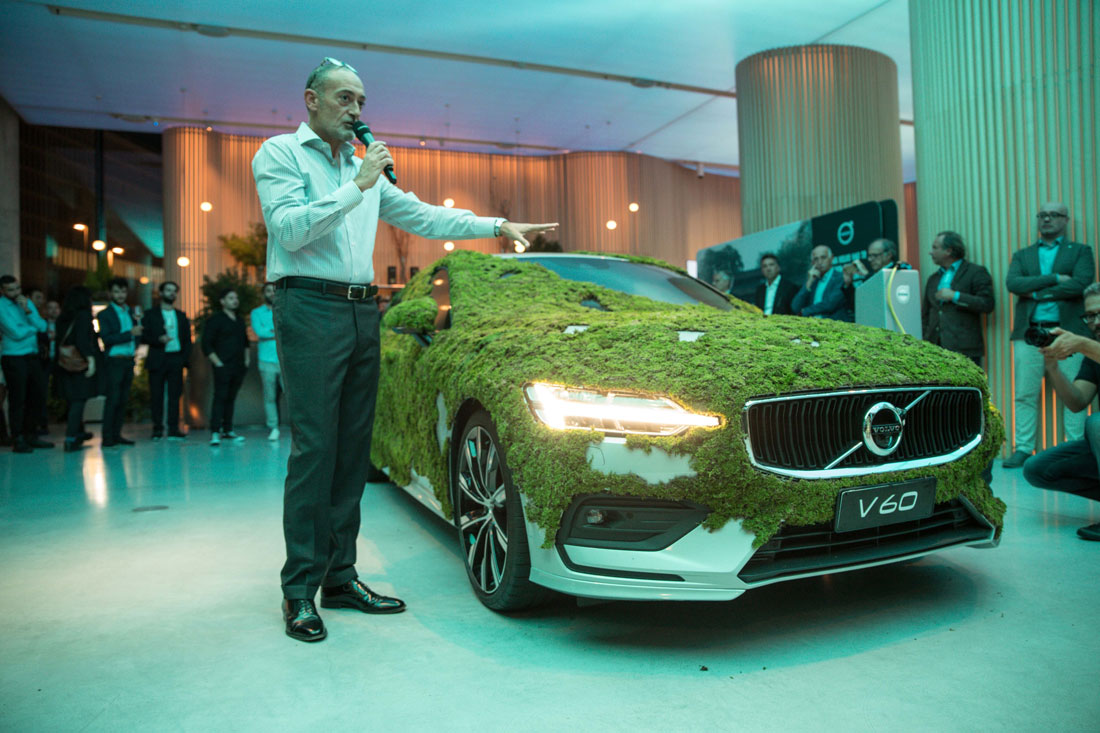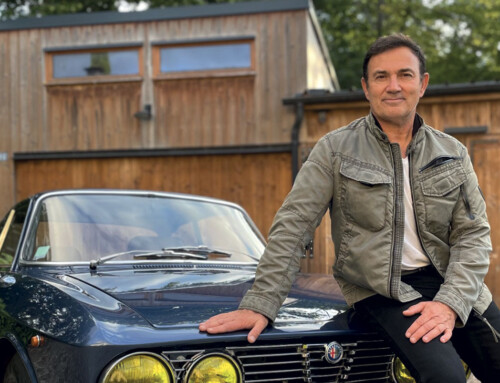The result might take you by surprise and, for that matter, Michele Crisci, Chairman of Volvo Car Italia, said as much himself when, recalling the manufacturer’s commitment to environmental impact and the “duty of sustainability”, he presented The Agreement as an “unusual and provocative project”. Before unveiling the project, it was reiterated that Volvo Cars is strongly committed to reducing the environmental impact of both its products and its operating activities: in 2017 it was the first to announce a programme of electrification for all new vehicles launched after 2019, obtaining official recognition from the United Nations in its latest UN Global Compact report. Volvo Cars is also aiming to achieve industrial production with zero climate impact by 2025, with the ambitious intention of ensuring that, starting in 2025, at least 25% of the plastic used to make a car will come from recycled material.
Given these premises, Volvo Car Italia entrusted the students of the Master of Laboratoriominiera in Art Direction & Copywriting of POLI.design (supported by the collaboration between Grey Italia and Volvo Car Italia) with a V60 and the brief of designing a car that would synthesise the company’s commitment to sustainability and the integration of technology and the environment. The constraint was that Moss Art technique, i.e. coating with moss, had to be used. The winning idea, by student Federica Croce, starts with the carbon footprint concept, associating the relationship between Volvo cars and nature to that of animals that dwell in their habitat leaving only imprints that do not alter the balance of the environment, in an imaginary dialogue with the Swedish landscape. The car, with its green customisation, will remain on display at the Volvo Studio in Milan and on public display until next November.















